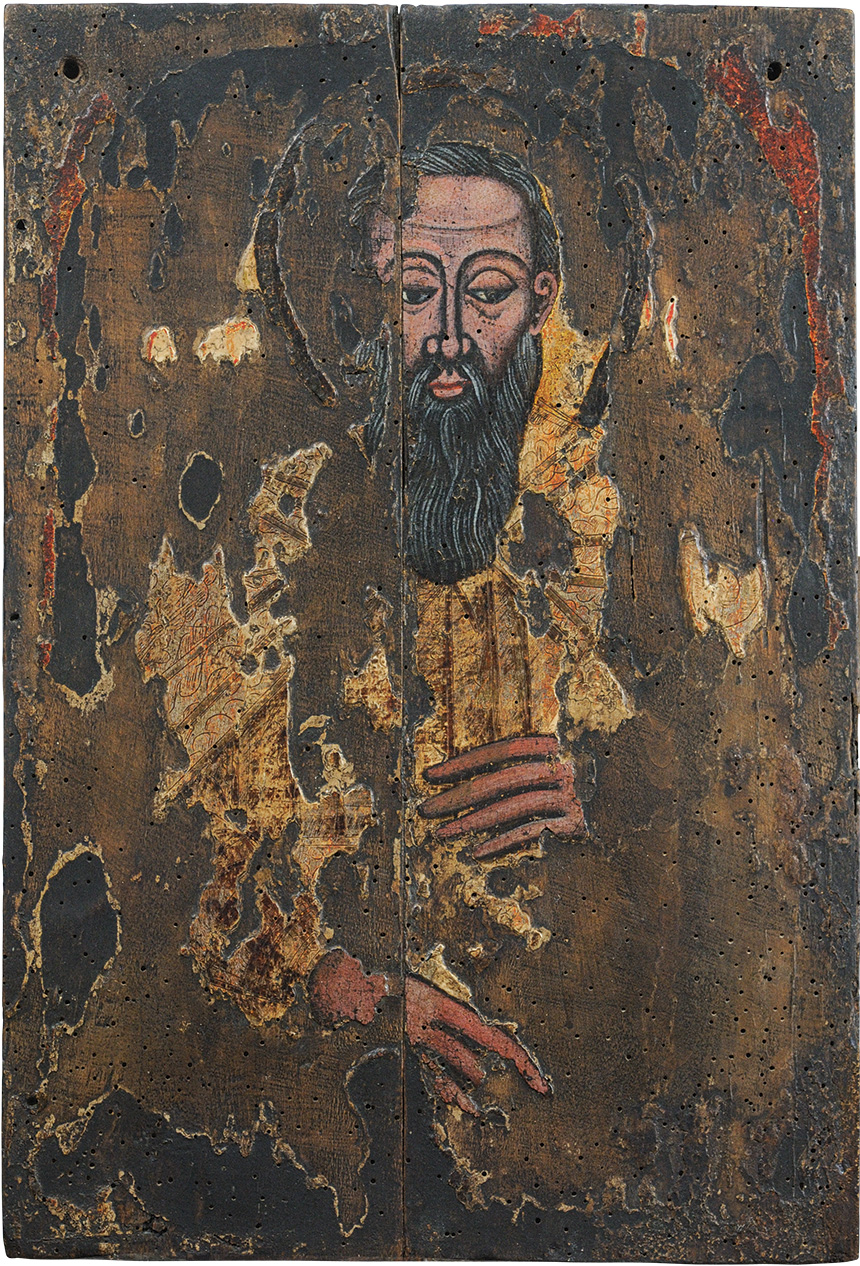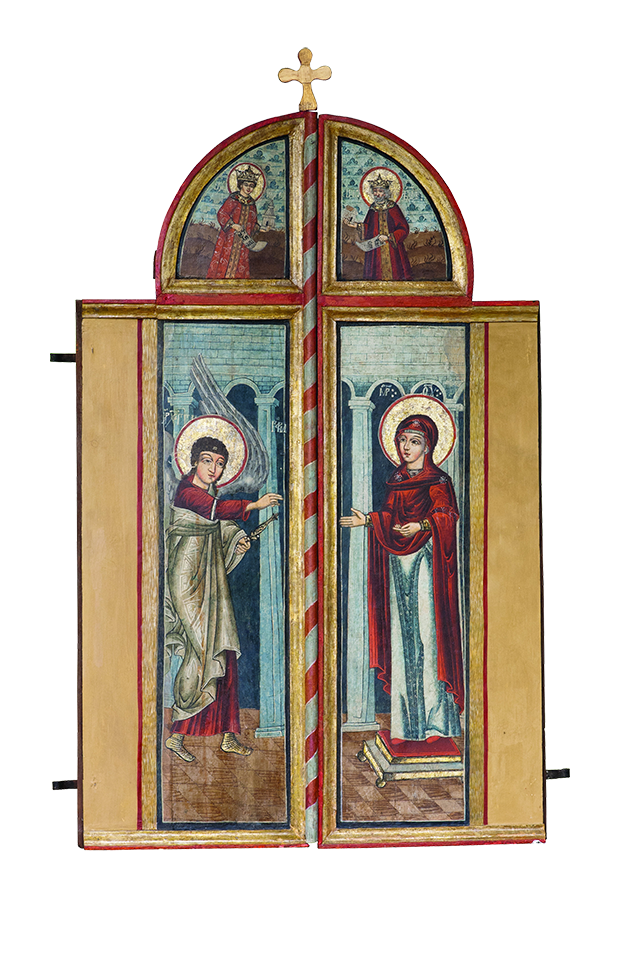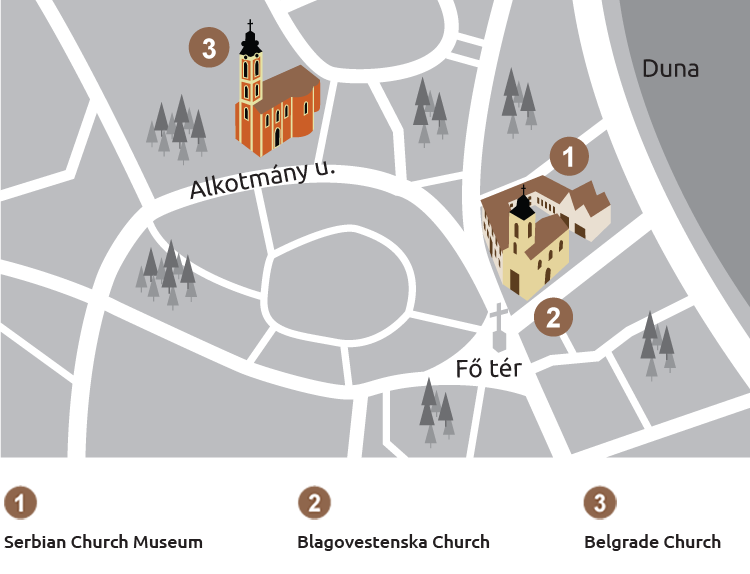The Regional Church Art Collection of Pécs

Unknown painter, early 18th century
With an important place in the 18th- and 19th-century Serbian artistic material, the Serbian Orthodox art heritage of the Baranja/Baranya Region constitutes a particularly noteworthy unit within the Serbian heritage material found in the territory of present-day Hungary. The majority of specimens and art works date from the 18th and 19th centuries, whereas items of church art from earlier periods primarily come from the Monastery of Grábóc, regarded as the most significant Orthodox spiritual centre of the broader Danube Region in the 16th and 17th centuries. Following liberation from Ottoman rule, the foundation of the Eparchy of Pécs-Mohács-Szekcső (Pečuj-Mohač-Sečuj) in 1695 had special importance for the Serbian population of Baranja/Baranya, as well as for ecclesial works of art in the region. The significance of this Eparchy is also reflected by the intention of Patriarch Arsenije III Čarnojević to transfer his seat to Dunaszekcső and to establish a seminary and a printing press there.
The prominence of the Baranja/Baranya Region in the development of Serbian ecclesiastical art at the turn of the 17th and 18th centuries is indicated by the influence of a major spiritual centre, the Monastery of Orahovica in Slavonia as well, evidenced by the iconostasis of Villány (Vilanj) and, in particular, the Royal Doors, once part of the iconostasis of the former Serbian church of Véménd (Vemen).
Distinguished by its exceptional painting quality, the Royal Doors of Véménd may be attributed to icon painter Sava Krabulević. Master Krabulević was truly outstanding among Serbian itinerant icon painters and had access to the highest echelons of contemporary church hierarchy.
The Royal Doors of Véménd underscore the productive artistic activities in the Baranja/Baranya Region that continued uninterrupted even after the merger of the Eparchy of Mocshács-Szekcső with the Eparchy of Buda in 1733. In this period lasting until the middle of the 18th century, with the appointment of Vasilije Dimitrijević as Bishop of Buda, a large number of churches were built from solid materials, frequently even in the rather poor rural environments of the Baranja/Baranya Region. At that time, several iconostases informed by late-Byzantine stylistic trends were erected.
In an era when self-trained folk icon painters were also active in rural settings, Hristofor Žefarović, one of the most notable Serbian painters of the 18th century, arrived in the Baranja/Baranya Region and began to paint the Serbian church of Siklós (Šikloš) precisely during those years. Thanks to Žefarović’s sojourn in Baranja/Baranya, a student of his taught hieromonk Mihailo at the Monastery of Grábóc, along with two visitors staying there at the time. The followers of Hristofor Žefarović, who subsequently became the court painter of Patriarch Arsenije IV Šakabenta, worked in the mid-18th century, defining the main directions in the development of baroquified Serbian ecclesiastical art to a great extent in the Baranja/Baranya Region. The Regional Collection was established in conjunction with the newly built church of St Andronicus and Junia in the city centre of Pécs.

Royal Doors from Véménd, early 18th century

